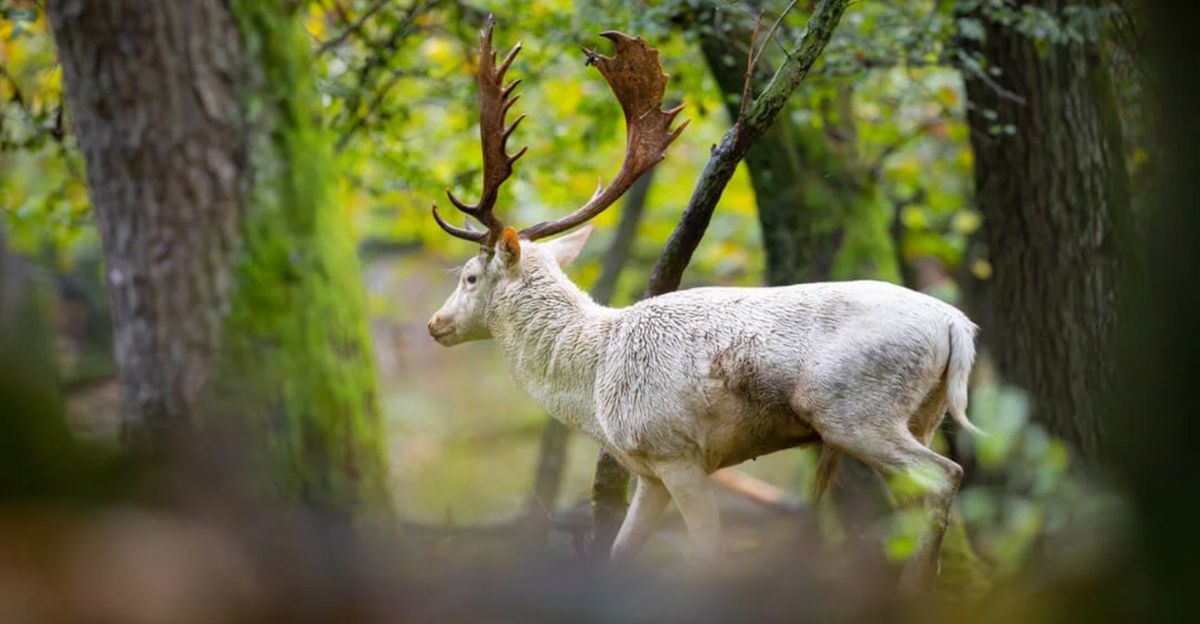
Spotting a mule deer in the Texas desert is nothing unusual—but spotting an all-black one? That’s almost unheard of. Wildlife biologists conducting a survey in the Trans-Pecos region recently captured video of a melanistic mule deer fawn, a genetic rarity estimated to occur in only one in several million deer. Even more uncommon than albino or piebald deer, this dark-coated fawn is truly a once-in-a-lifetime sighting!
A Shadow in the Desert

As the helicopter flew over the Trans-Pecos desert, wildlife biologists expected to see the usual brown-and-white mule deer below. But something was different. Among the herd, a single fawn stood out—its coat completely black. The rare sight left even seasoned experts stunned. In a region where camouflage is key to survival, this fawn defied expectations in the most striking way.
The Chase in the Dust
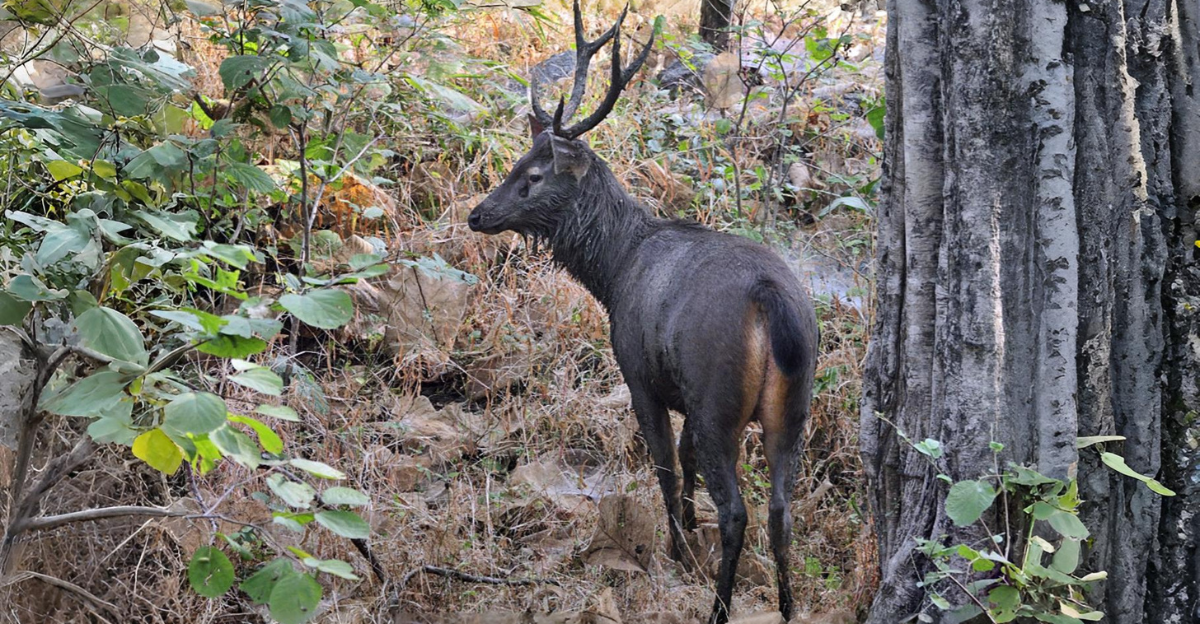
The rotor blades sent gusts of wind across the desert floor, kicking up dust as the biologists tracked the herd. The melanistic fawn darted through the brush, flashes of white fur momentarily visible against its deep-black coat. It was a sight unlike any they had witnessed before—one that would soon capture worldwide attention.
The Viral Video That Shocked the Internet
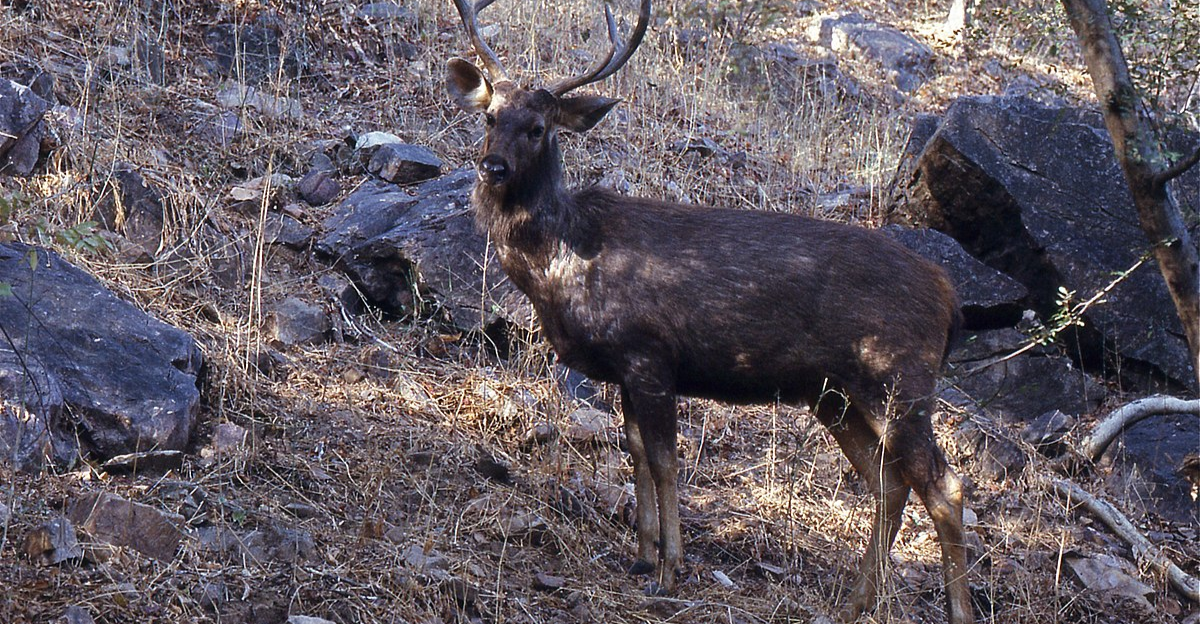
The Texas Parks and Wildlife Department shared the footage online, and the response was immediate. People around the world marveled at the fawn’s dark coat, calling it a “real-life shadow deer.” Some questioned whether it was even real—could nature truly produce such a rare sight? But for scientists, this was a once-in-a-lifetime discovery, reinforcing how little we still know about wildlife genetics.
What Makes This Deer So Rare?
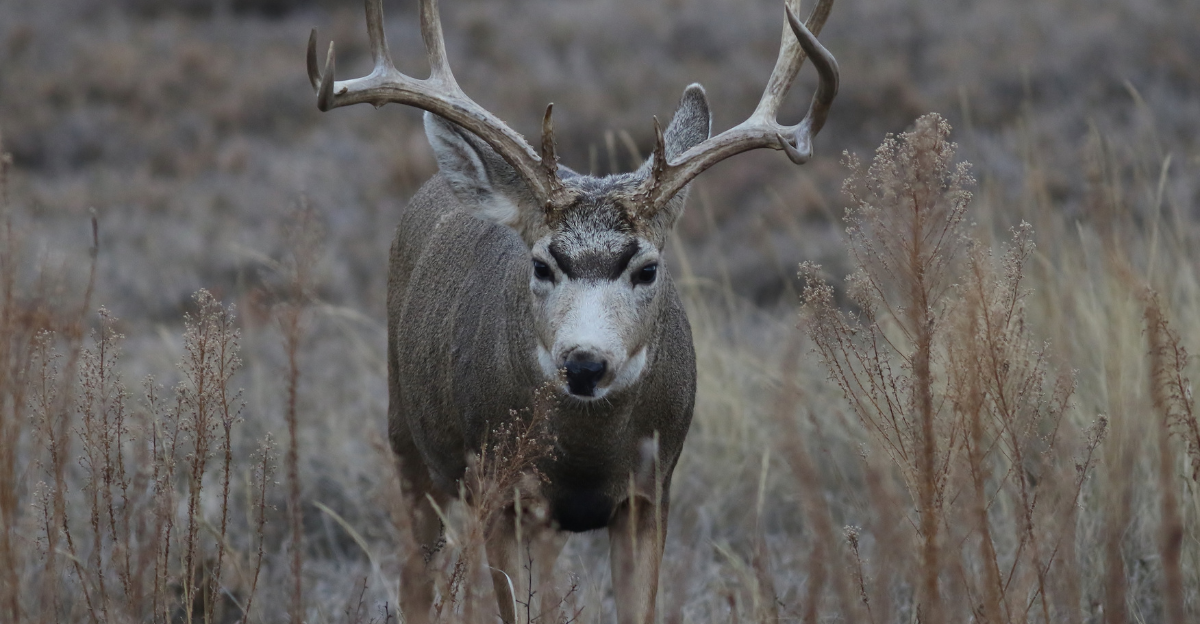
Melanism, caused by a mutation in the MC1R gene, triggers an overproduction of melanin, turning fur black instead of the usual brown. While melanistic whitetail deer are occasionally seen, this mutation in mule deer is nearly unheard of. Estimates suggest only one in several million mule deer exhibit this condition—rarer than albinos and piebalds combined.
The Science Behind Melanism

Unlike albinism, which removes pigmentation, melanism does the opposite—producing an excess of dark pigment. Scientists believe this genetic anomaly is entirely random in mule deer, but in some species, it may offer survival benefits, such as improved camouflage in darker environments. Could this trait one day become more common? That remains an open question.
Why the Trans-Pecos Region?
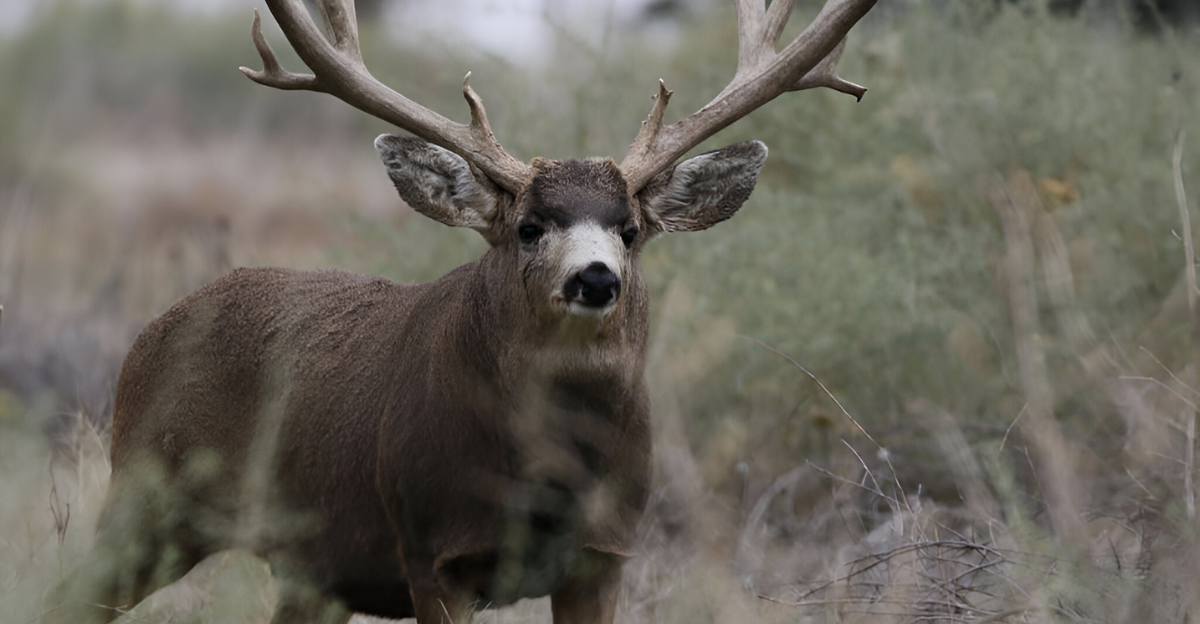
The Trans-Pecos region of Texas is known for its rugged landscapes, sparse vegetation, and extreme climate. This area supports a healthy mule deer population, but genetic mutations like melanism are rarely seen. The discovery raises questions—has this fawn inherited a rare genetic lineage, or is it a one-time anomaly that may never be seen again?
The Contrast That Stunned Biologists

When the video was reviewed, one detail stood out: the melanistic fawn looked even darker when running alongside other mule deer. Their sandy brown coats blended into the desert, while the fawn’s deep black fur made it an obvious outlier. How would this contrast affect its survival? Could it make the fawn more vulnerable to predators?
A Moment That Will Be Remembered

For the biologists in that helicopter, this was a career-defining moment. Even with decades of experience tracking wildlife, none had ever seen anything like it. Some may spend their entire lives in the field and never witness another melanistic mule deer. This one sighting was proof of how unpredictable and awe-inspiring nature can be.
Rarity Beyond the Animal Kingdom

Melanistic animals are rare across many species. Black leopards, known as “panthers,” are famous examples, but melanism has also been documented in squirrels, foxes, and even birds. However, in mule deer, it’s practically unheard of—making this fawn a biological marvel that challenges our understanding of wildlife genetics.
Melanistic Deer: A Conservation Conundrum
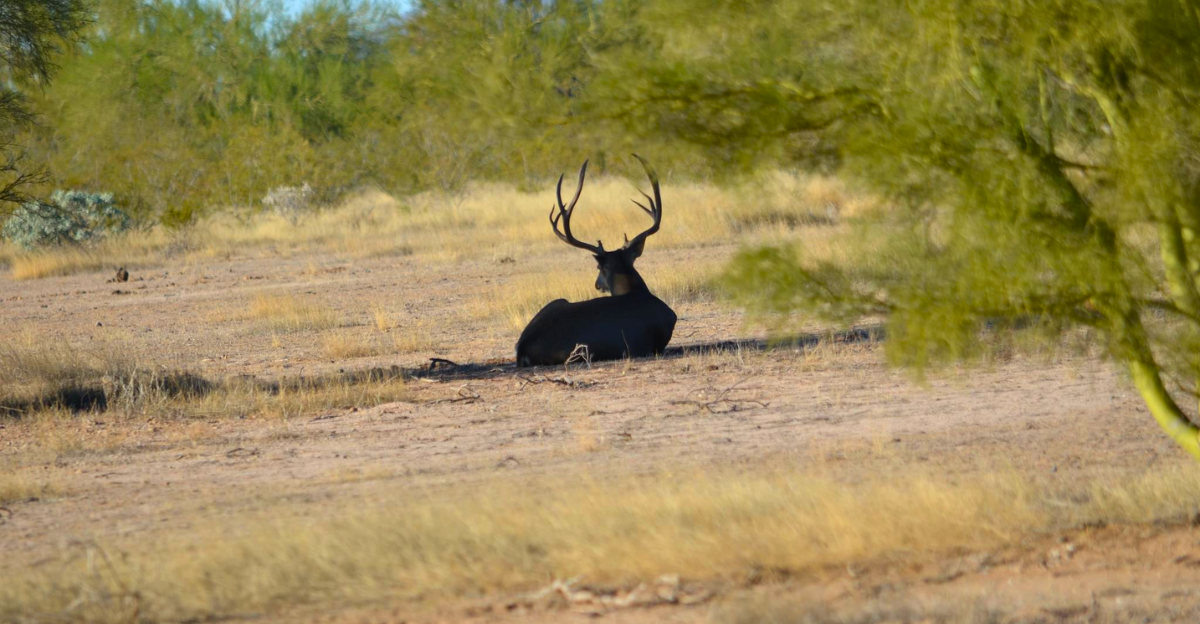
Most wildlife laws focus on species, not genetic variations. If more melanistic mule deer are found, should they be protected separately? Unlike endangered species, these genetic anomalies don’t have legal recognition. This fawn forces an uncomfortable question: Do we only value rarity when it’s convenient, or does it deserve formal conservation status?
The Ecotourism Dilemma
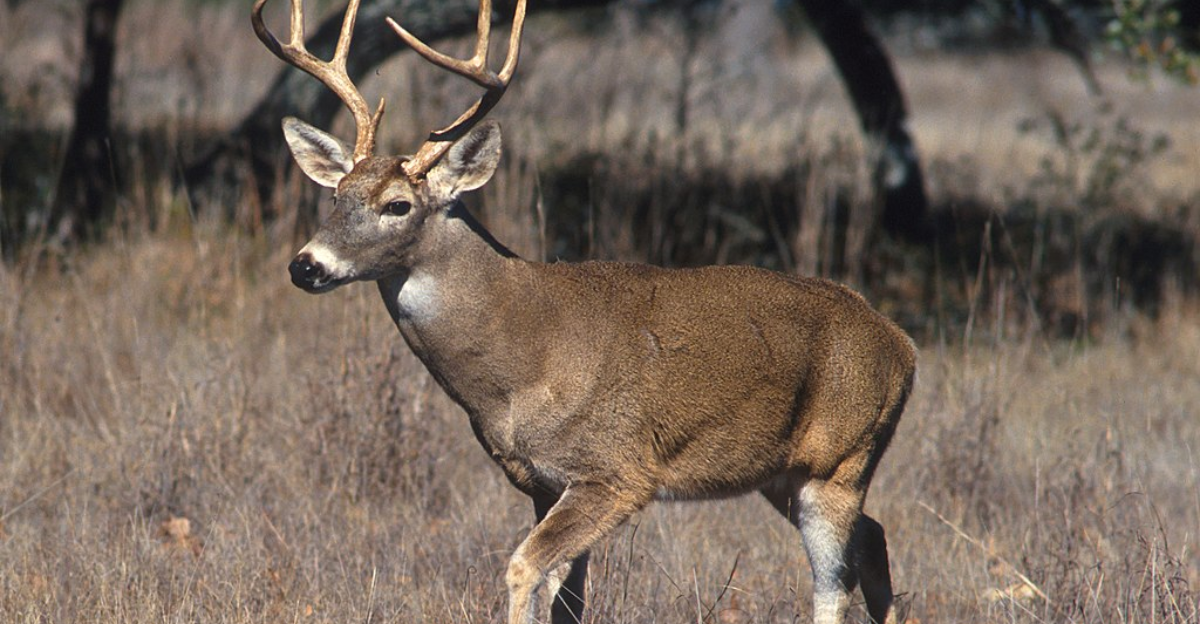
Melanistic whitetail deer have turned parts of Texas into hunting and wildlife tourism hotspots. Could the same happen with mule deer? While tourism can fund conservation, it also increases human-wildlife conflict and habitat stress. Without proper planning, this fawn’s fame could lead to unintended consequences—like the overexposure of fragile ecosystems.
What Happens Next?
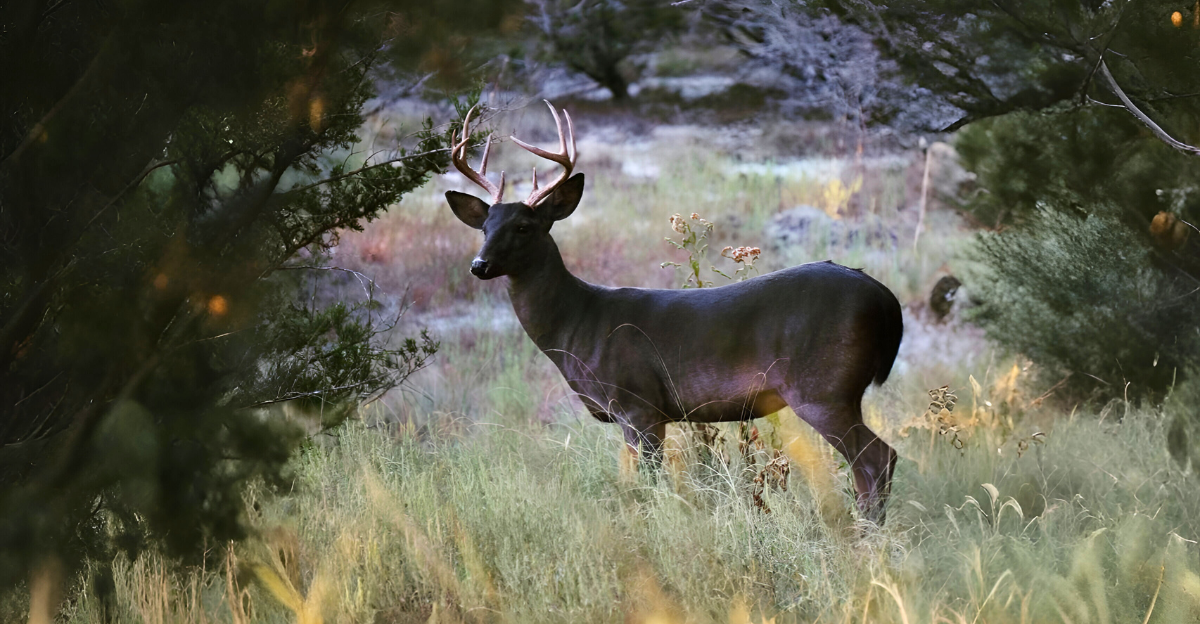
Will this fawn grow into adulthood? Will it pass on its unique genetics? With such a low survival rate for young deer, the odds are uncertain. However, its existence sparks a deeper conversation—how many other undiscovered genetic marvels exist in the wild, hidden from human eyes?
Explore more of our trending stories and hit Follow to keep them coming to your feed!

Don’t miss out on more stories like this! Hit the Follow button at the top of this article to stay updated with the latest news. Share your thoughts in the comments—we’d love to hear from you!







